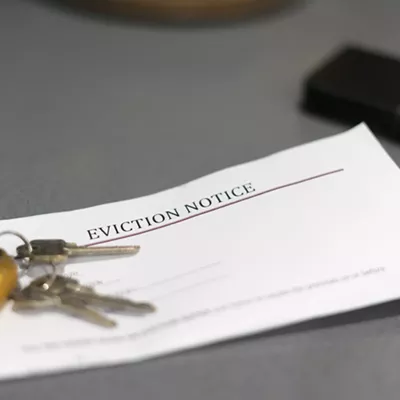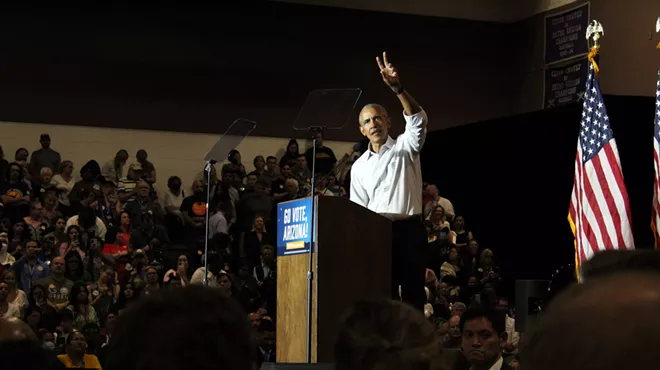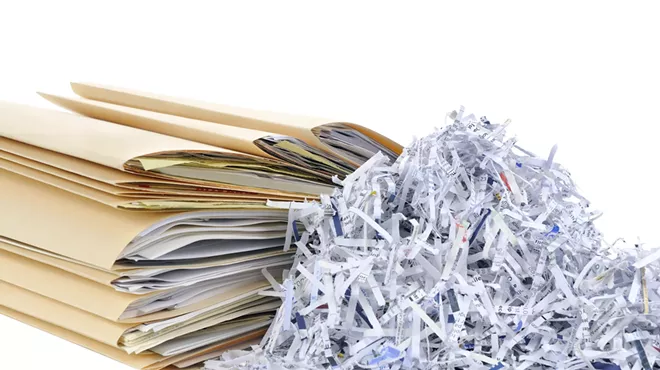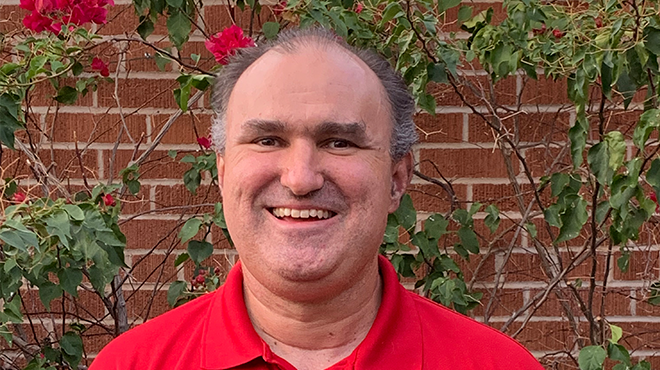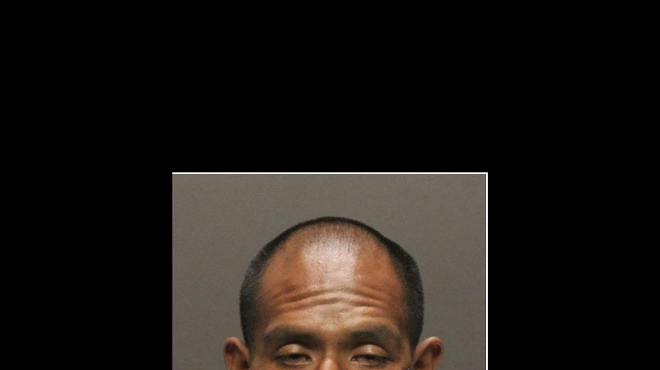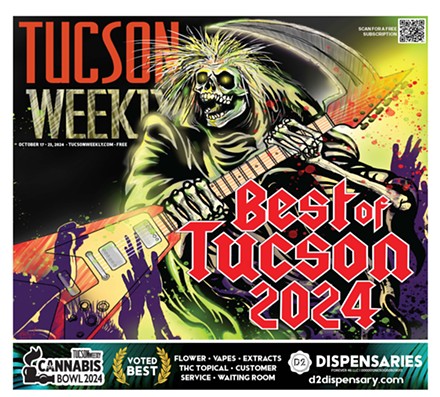Thursday, June 18, 2020
SBA Announces Revised PPP Forgiveness Application and EZ Application
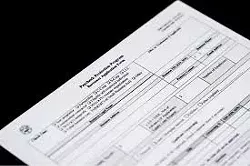
Small Business Administration and The Department of the Treasury have made much-needed revisions to the Paycheck Protection Program's loan forgiveness application.
The SBA has revised its original 11-page PPP full forgiveness application down to five pages in an attempt to provide clarity and streamline the application process, according to Steven Hart, SBA senior area manager for Southern Arizona.
"People who talked to me before (the revisions) were simply, in a word, confused and talked about how complex it was," Hart said. "Anybody who has looked at it knows that's the case."
Additionally, the administration also released an EZ version of the application for the self-employed without employees, or employers who didn't reduce their employees' wages by more than 25 percent, or employers who experienced a lack of business due to pandemic restrictions and did not reduce their employees' wages by more than 25 percent.
Banks and lending institutions who issued loans will be in charge of granting loan forgiveness to qualifying businesses, not the SBA, according to Hart. While the new revisions are expected to help reduce potential confusion when applying for loan forgiveness, Hart does note the program is brand new and there is the uncertainty of what issues may arise when borrowers begin applying for forgiveness.
"Nobody has been through the loan forgiveness process, so we don't know how streamlined it will become," Hart said. "The banks will administer loan forgiveness to the business owners who borrowed from them."
The revisions are apart of the PPP Flexibility Act of 2020 which was signed into law early June. The act also gives borrowers more time to spend their PPP loan before applying for forgiveness—from eight weeks to 24 weeks. Borrowers also can spend more of their loan money on business expenses such as rent, loan interest or utilities instead of employees' wages, said Hart. Originally, borrowers had to spend 75 percent of their loan on payroll expenses, which has been lowered to 60 percent.
"There's more flexibility to it, we've expanded the timeframe to use the money, require less of it to be used on payroll and more on business expenses," Hart said. "Business owners I work with are relieved by the fact they don't have to use (the loan) in eight weeks. They now have 24 weeks."
PPP borrowers will also be allowed to rehire previous staff or hire suitable replacements to help meet the 60 percent payroll requirement to qualify for loan forgiveness under the new act. However, Hart strongly urges employers to document all job offers given and whether the position was accepted or declined.
"Businesses should keep everything and more than they ever expected. Even though (the application) has been simplified, it's extremely ridged," Hart said. "Just make sure when it comes down to brass tax and they ask for forgiveness, there are no surprises or they have the answers already ahead."
For a link to the SBA's revised full forgiveness application, click here, or if you qualify for the EZ application, click here.


